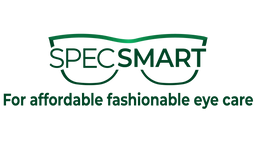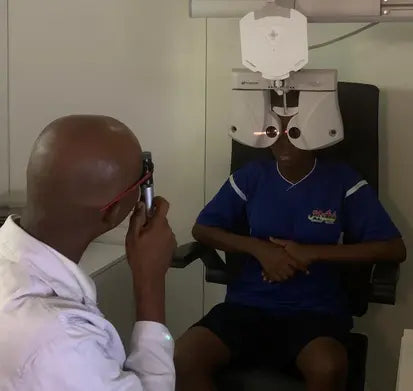By Dr. Deborah Oparaji (OD)
In eye care, accuracy is paramount. The retinoscope, a handheld instrument used to measure refractive errors like myopia, hyperopia, and astigmatism, continues to be an indispensable tool despite advances in digital devices.
Understanding the Retinoscope
A retinoscope shines light into the eye and observes the reflected "red reflex" from the retina to assess refractive errors objectively. This method requires skillful interpretation of the movement of light reflexes.

Types of Retinoscopes
-
Spot Retinoscope: Emits a circular beam, suitable for beginners but less effective for detecting astigmatism.
-
Streak Retinoscope: Projects a rotating linear beam, more versatile and preferred for astigmatic evaluations.
The Retinoscopy Procedure
Patients focus on distant objects. In children, cycloplegic drops may be used to relax eye accommodation. The examiner shines light into the eye, observes reflex movement, and tries corrective lenses until the reflex stops moving, indicating the correct prescription.
Why Retinoscopy Is Still Vital
-
Objective Measurement: Useful for patients unable to communicate, such as young children or disabled individuals.
-
Pediatric Excellence: Gold standard with cycloplegia to accurately measure refractive errors in children.
-
Versatility: Effective in varied clinical scenarios including those with artificial lenses.
-
Real-Time Feedback: Immediate confirmation of lens effects ensures prescription accuracy.
Retinoscopy vs Other Techniques
Research shows retinoscopy often provides more accurate spherical power measurements compared to autorefractors, which may overestimate or underestimate refractive errors without cycloplegia. Autorefractors excel in cylinder and axis measurements but retinoscopy remains a valuable technique, especially in pediatric and complex cases.
Advantages of Retinoscopy
-
Accuracy in young or non-communicative patients
-
Cost-effective and portable
-
No reliance on electricity—ideal for outreach or rural clinics
-
Enhances clinician's hands-on skills and understanding of optics
Clinical Examples from SpecSMART Eye Clinic Ikoyi
-
Non-Verbal Autistic Child: Retinoscopy diagnosed significant hyperopia, enabling effective treatment and improved learning.
-
Community Screening: Enabled mass refractive assessment in areas without electricity.
-
Child with Esotropia: Cycloplegic retinoscopy confirmed high hyperopia, guiding treatment that reduced eye misalignment.
Challenges
-
Requires experience to interpret reflexes accurately
-
Needs patient cooperation and dim lighting
-
More time-consuming than automated methods
Future Outlook
Digital retinoscopes integrating traditional methods with advanced imaging are emerging, ensuring retinoscopy remains a core skill in eye care.
Conclusion
Retinoscopy continues to be a cornerstone in comprehensive eye exams at SpecSMART Eye Clinic Ikoyi, especially for children, special needs patients, and outreach services. Experienced clinicians rely on it for precision beyond automated devices.
📍Contact SpecSMART Eye Clinic Ikoyi
Ikoyi Plaza, Keffi Street, Ikoyi
📞 0701 820 7486
📍Learn More
Our 5 steps eye test process explained in more detail.


